Long-term consequences of early queen infection for ant colonies
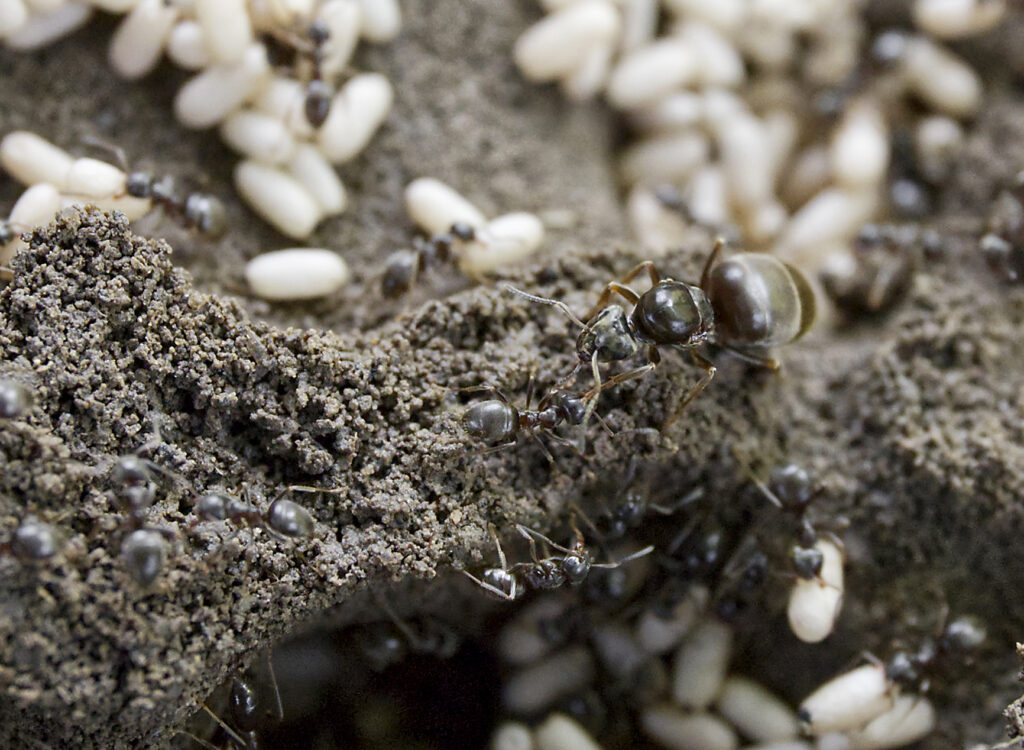
In the article “Early queen infection shapes developmental dynamics and induces long-term disease protection in incipient ant colonies” published in Ecology Letters in October 2021, the authors Barbara Casillas-Pérez, Christopher D. Pull, Filip Naiser, Elisabeth Naderlinger, Jiri Matas, and Sylvia Cremer investigate the trade-off between colony growth and immune reaction in incipient Lasius niger colonies. They revealed, among others, i) that colony growth of newly mated queens exposed to a low pathogen dose was reduced, ii) that queens with a lower brood number before worker emergence had lower pathogen levels, and iii) that queen exposure to pathogen improved immune reactions of worker offspring. Here, first author Barbara Casillas-Pérez answers some questions and shares some pictures.
An interview compiled by Patrick Krapf, Felix Oberhauser, and James Trager

MNB: Could you tell us a bit about yourself?
BCP: I am Barbara Casillas Pérez. My scientific interests revolve around decision making in social animals. As a PhD student and then as postdoc in Sylvia Cremer’s lab at IST Austria, I have been studying how ants make individual and colony-level decisions in response to pathogenic threats.
MNB: Could you briefly outline the research you recently published in layman’s terms?
BCP: Most of the ant queens produced by a parent colony will fail to establish a new colony. Only after successfully mating, escaping predators and finding a suitable nesting site, will a queen devote her resources to rearing a colony. In many species, she will do it on her own, sealed from the outside and relying on her energy reserves. Concurrently, she will have to deal with the pathogens encountered along the way. In our study, we observed Lasius niger ant colonies for the first year from their foundation by a single mated queen to understand how an early infection of the queen can shape colony dynamics and ultimately determine colony establishment success. We exposed queens to infective spores of a fungal pathogen (Metarrhizium brunneum) which is abundant in the soil and often attacks ants (and many other insects) in nature. The pathogen kills many within days and stays latent within the surviving queens, only to re-emerge as a threat at a later critical stage of colony development. We measured the fungal pathogen that replicated within the queens using a super sensitive molecular technique called droplet digital PCR. In addition, we monitored the survival of all colony members and looked at the changes in colony composition and behavior throughout the year.
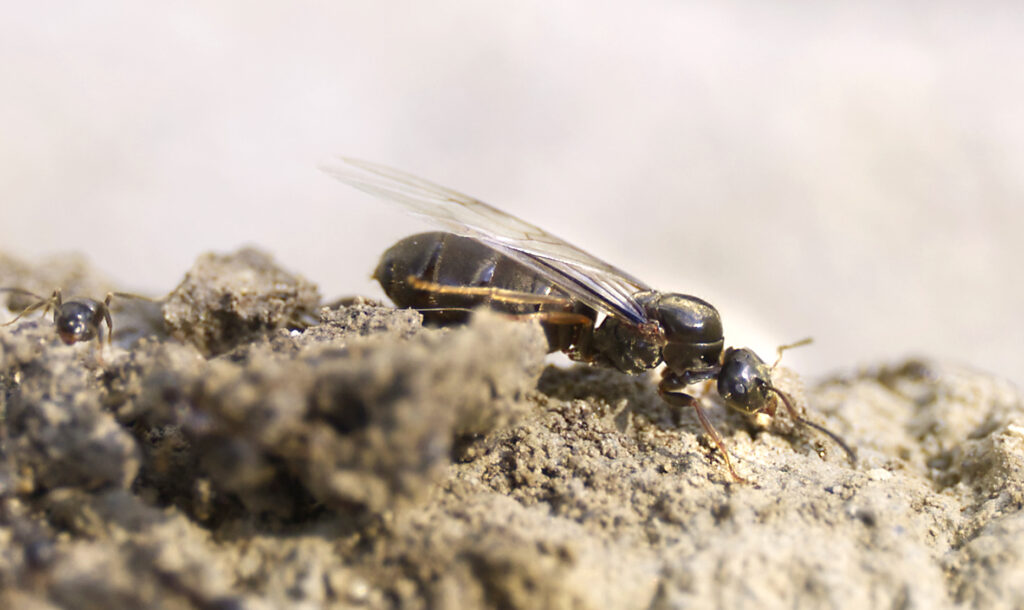
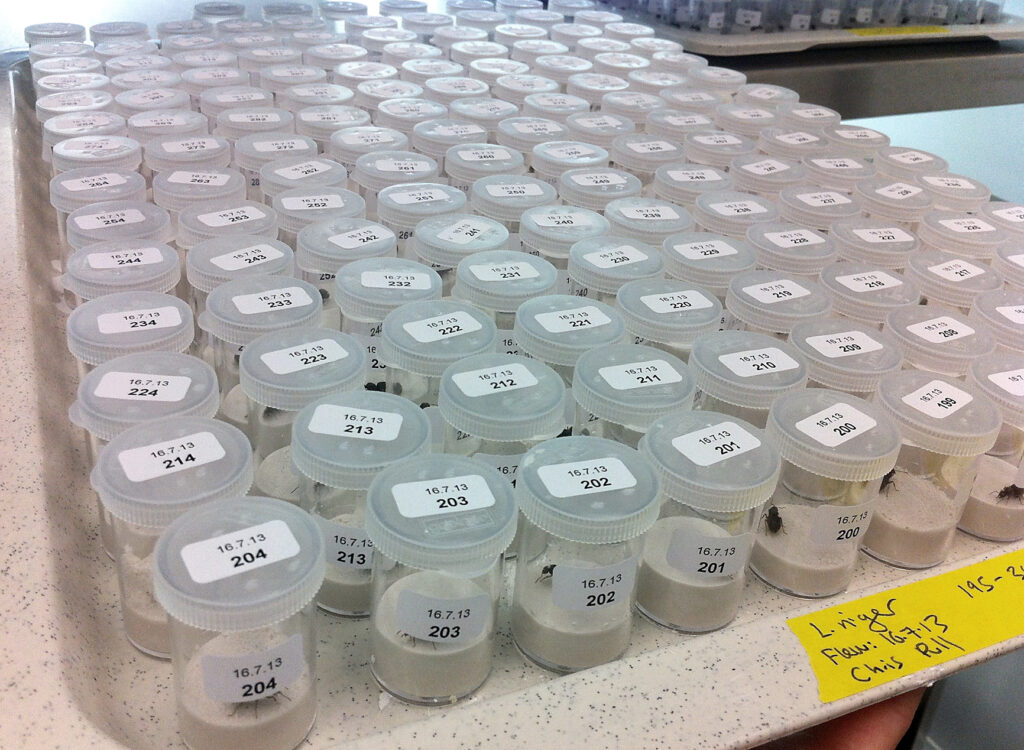
MNB: What is the take-home message of your work?
BCP: We found that an early low-level infection can often be suppressed by the queen’s immune system, yet it can turn lethal when she overinvests in brood production. An infection slows colony growth before hibernation but the colonies that survive show compensatory growth afterward. Independently of queen infection, the first workers undertake brood care tasks easing the queen’s burden. This balance between how much brood is produced and how many workers are rearing it is critical to survive hibernation. Worker activity and aggregation (measured via motion-tracking) in the lead up to hibernation consistently predicted overwintering survival. The most surprising finding was that pathogen exposure of the queen early in life had an enduring effect on her workers, which survived better when challenged with the same pathogen a year after colony founding.
MNB: What was your motivation for this study?
BCP: This project started as a side-project. My other work is on Lasius neglectus, an invasive species whose new colonies are formed by a queen, mated inside the nest, which leaves the parent colony accompanied by a few workers. Chris Pull was working on Lasius niger, and there was a very large nuptial flight that year, so we saw the opportunity to set up an experiment together to look at the effect of early pathogen stress. At the same time, Filip Naiser and I were testing motion-tracking algorithms and I thought it would be really interesting to track the queen and then the first workers of these incipient colonies as they developed for a longer period. I was truly privileged to freely follow where curiosity took me, and very lucky that my colleagues embarked on it with me.
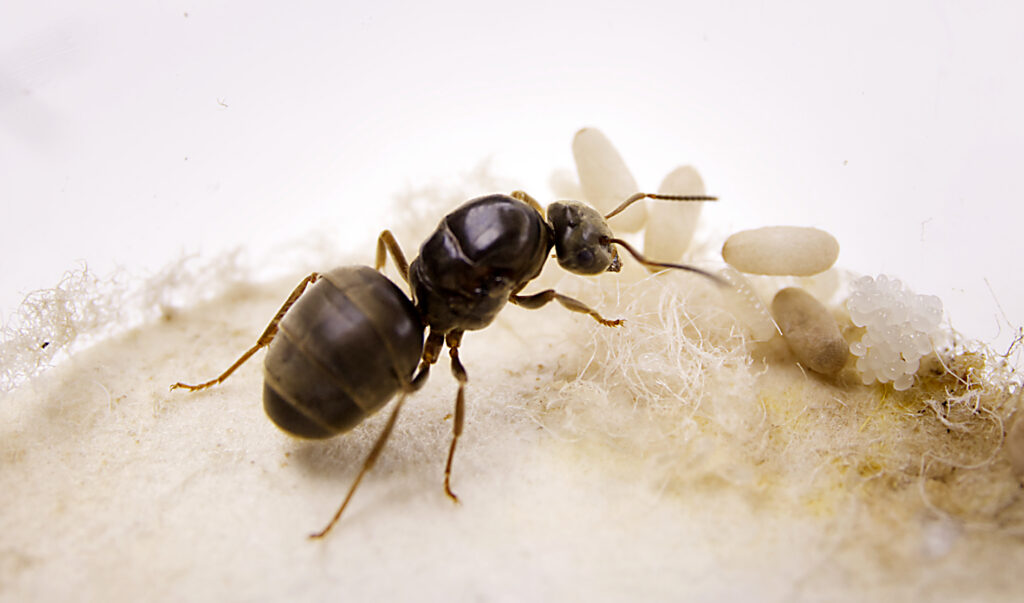
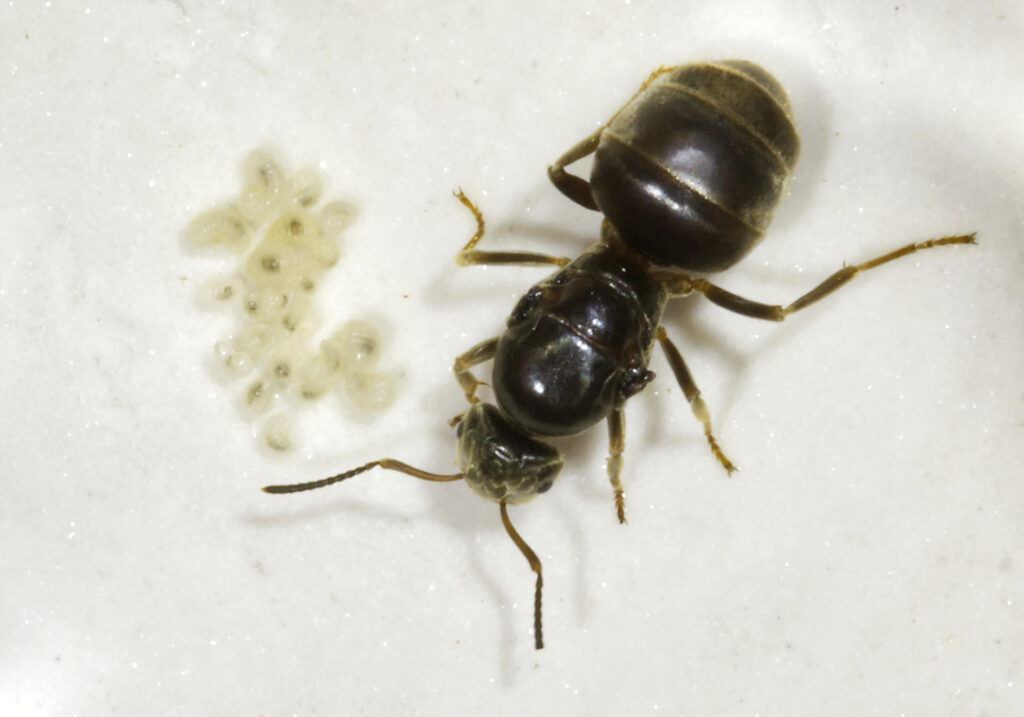
MNB: What was the biggest obstacle you had to overcome in this project?
BCP: Unlike any other project I worked on, it went quite smoothly. I think this was partly because we had a simple experimental design, large curiosity and lots of patience. For a year we did filming sessions and for two years we counted workers and brood, checked and fed colonies, laborious but simple. It was an uphill job to get good trajectories of a queen and a growing number of workers, because they are unmarked, differently sized and interacting closely, but the constant learning process was extremely rewarding.
MNB: Do you have any tips for others who are interested in doing related research?
BCP: Talk to people early on and repeatedly, also outside of your field. I was shy to ask people for their opinion, their criticism and especially for their help. But really, science is a collective effort. After talking to people, projects can take interesting directions, hypotheses can get sharpened, technical difficulties might be averted and analyses can be elegantly simplified. Personally, I find it a source of motivation and joy to work as part of a community.
MNB: Where do you see the future for this particular field of ant research?
BCP: Larger and richer datasets are being produced at great speed also in this field. We will continue to identify and more accurately quantify casual interactions between components in these complex systems to capture colony-level dynamics and population ecology. This is indispensable to address pressing issues in species management, such as biodiversity loss.
On this occasion, I would like to thank Florian Strahodinsky, PhD student in the Social Immunity Group at IST Austria, who also works with Lasius niger and kindly contributed the photographs for this entry.
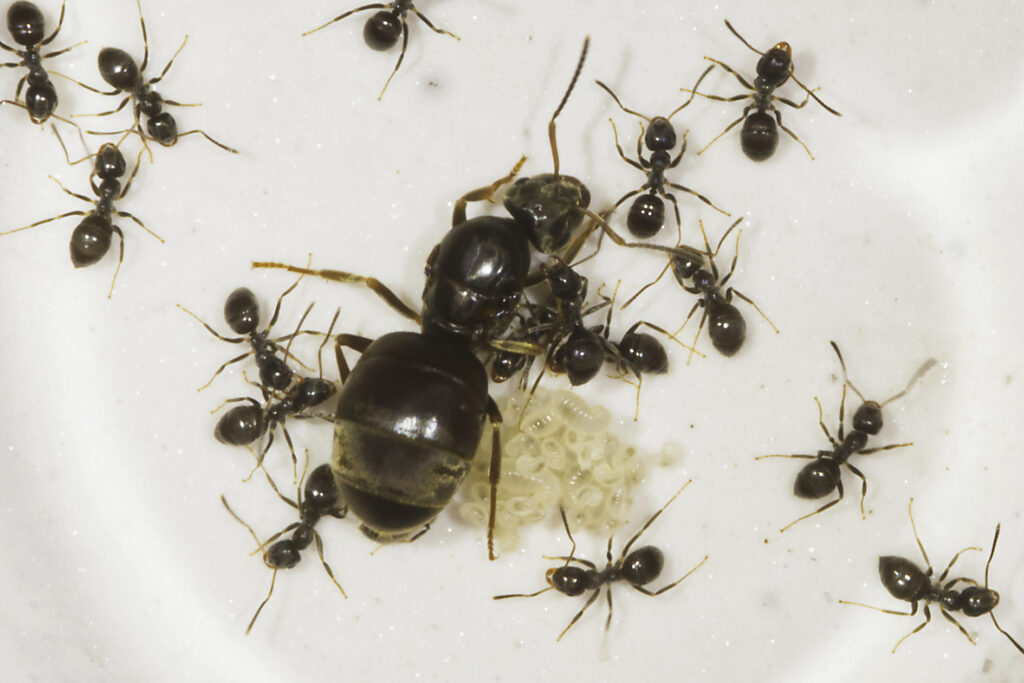
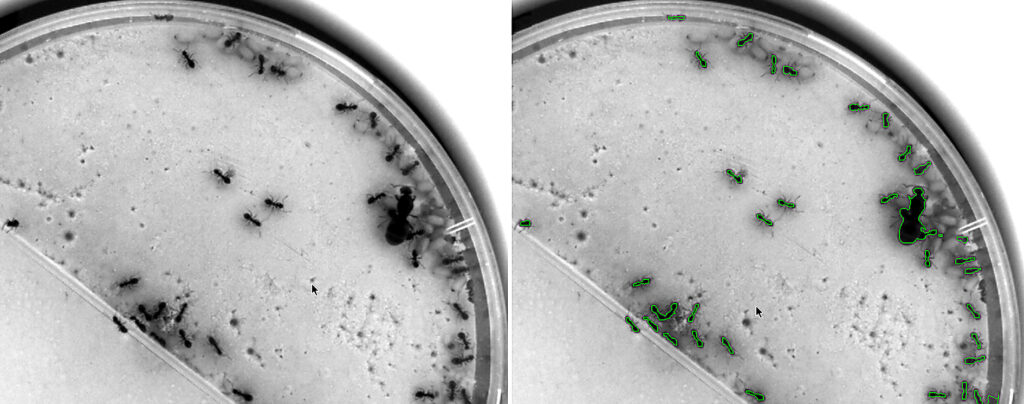





Recent Comments